Occupying the northwestern edge of the Magnolia
headland north of Elliott Bay, Discovery Park is Seattle’s largest and
most varied in-city escape. Even though the US Army’s Fort Lawton sold
surplus base territory to the city, Army Reserves still use a portion of
the park for training and officers’ quarters. At 534 acres, the park
consists of densely wooded rainforests crisscrossed with trails, high
bluffs of eroding sand at the edge of a huge meadow, and 2 miles (3 km)
of driftwood laden beaches on Puget Sound, providing a real sense of
wildness.
Discovery Park
Daybreak Star Indian Cultural Center
|
|
In many ways, land use at
Discovery Park represents the harmonious balance between natural
conservation and urban development, and a co-existence of US military
and Native American tribes. In 1970, a group of protesters led by
activist Bernie Whitebear staged an invasion and occupation of the still
active military base, in part to establish a cultural land foundation
for urban Indians. After an exhausting three months for both sides, and
many arrests, Whitebear’s group acquired a 99-year lease for 20 acres of
parkland.
|
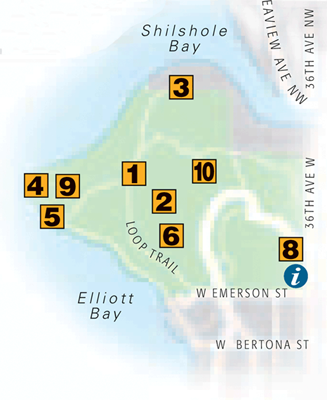
|
Plan an itinerary in
advance based on the amount of time you have to spare. There are no
concessions in the park, so bring snacks or a picnic lunch.
|
|
|
Stay off the sandy, constantly eroding bluffs. Rangers periodically relocate the Bluff Trail to prevent accidents.
|
|
Top 10 SightsBluff Trail The
trail leads from the South Gate along a meadow’s edge to the majestic
overlook with breathtaking views of the Olympic Mountains and Puget
Sound.
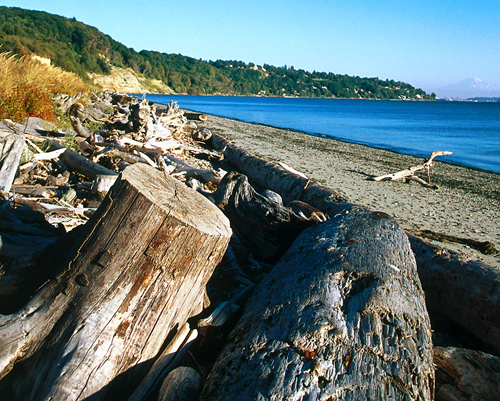
Military Residences The
park is dotted with clusters of abandoned and still-in-use army base
housing, listed on the National Register of Historic Places. Most are
off limits to visitors, but you can get a closer look at them near the
former parade grounds. Daybreak Star Indian Cultural Center Operated
by the United Indians of All Tribes Foundation, the center houses a
collection of Native American art. There’s an arts and crafts gallery,
traditional salmon bakes, and an annual summer pow wow celebration on
the grounds of Discovery Park. West Point Lighthouse As
picturesque as can be, the lighthouse shines light through the fog from
its perch on a narrow spit of land jutting out into the water. Feel
free to stroll up to and around the automated sentinel, even though it’s
not open for touring.
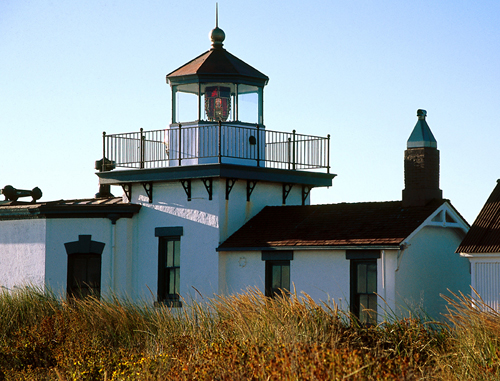
Beach Walks at Low Tide Seattleites
escaping the hustle and bustle of the city come to walk along the
waterfront parks around the Sound. The beach at Discovery Park is a
preferred spot for those in the know.
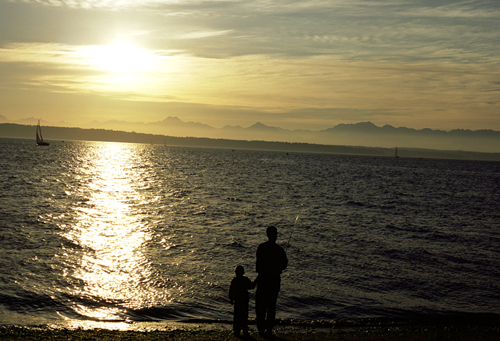
Loop Trail Stroll
along the trail that brings you through the varied terrain of Discovery
Park. Explore the easy route to find overgrown rainforest ravines,
flowering meadowlands, creeks, thickets, streams, sand dunes, and
blackberry brambles galore. Eagle Watching Occasionally,
bald eagles nest in the highest treetops in Discovery Park, home to
more than 250 species of birds and other wildlife. You may find park
volunteers surrounded by eager bird-watchers with binoculars. Chances
are, they have sighted a nest.
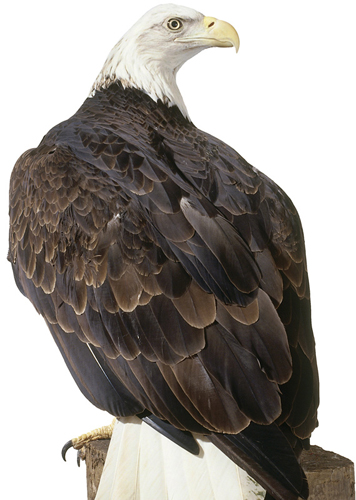
Playgrounds For
an outing with children, head for the small playground behind park
headquarters at the East entrance. Or, ask for one of only five parking
passes available for families with young children so you can drive
directly down to the alluring shore of Discovery Park. West Point Treatment Plant An
extraordinary reminder of the city outside, this facility is so
exquisitely landscaped to be almost invisible from hiking trails. This
ultramodern wastewater treatment plant is as environmentally
conscious as technology allows. Go Fly a Kite The
hilly field between the main bluffs and a radar ball behind barbed wire
makes for some of the best kite flying in town, as updrafts from the
sea seem almost constant throughout the year.
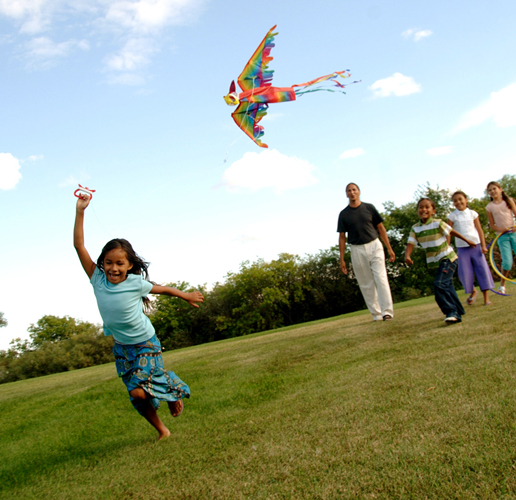
|